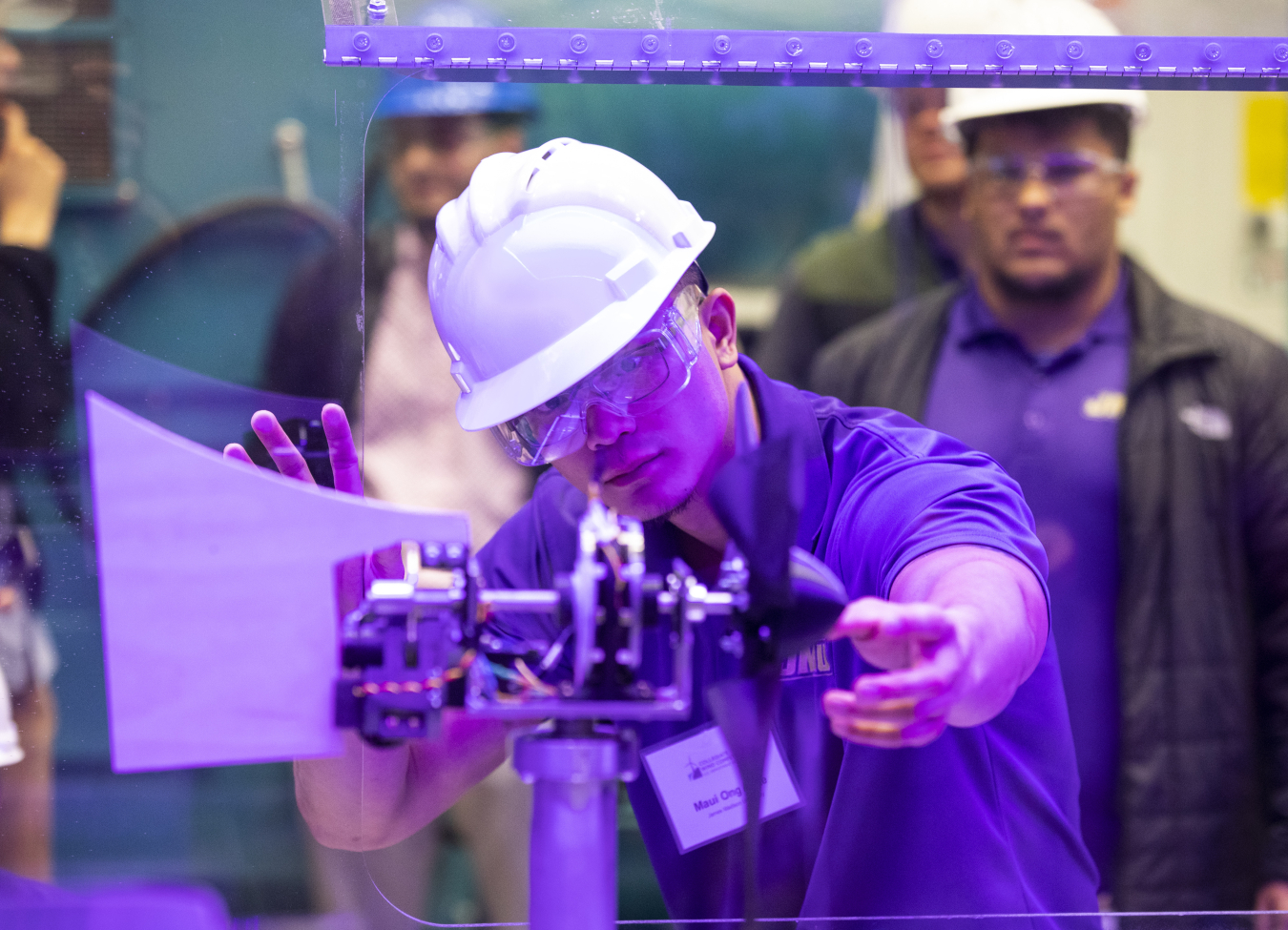
Wind energy continues to be the largest source of renewable power in the United States. The growing wind energy industry will need a robust workforce to fill a wide range of roles, including:
- Wind turbine designers, manufacturers, construction workers, and operations and maintenance workers
- Wind farm project developers, financial analysts, and public relations specialists.
To help fill these roles, the U.S. Department of Energy and the National Renewable Energy Laboratory created the Collegiate Wind Competition (CWC) in 2014. The competition aims to prepare undergraduate students from multiple disciplines to enter the wind energy workforce by providing real-world wind energy experience.
Any team that consists of students at a four-year college or university in the United States with or without students from international or two-year institutions can apply to compete.
Starting in 2021, the CWC organizers began inviting learn-along teams to participate. Learn-along teams are not eligible for awards, but they participate in many of the same activities and "learn-along" to establish a deeper understanding of the wind energy industry and the competition.
Visit our CWC American-Made page for guidelines about who can apply and who can participate.
General Competition Timeline
Throughout the school year leading up to the competition, participating teams design, build, and test a prototype wind turbine; develop a site plan and cost-of-energy analysis for a wind farm; conduct outreach with the wind industry, their local communities, and local media outlets; and submit reports on each of these activities. The competition culminates each spring when teams conduct final turbine testing and present their work to a panel of wind energy experts.
Each spring, CWC organizers begin accepting applications for the next year’s competition. Interested schools fill out an application to participate in CWC during the upcoming school year.
Each summer, CWC organizers select the teams who will participate in the competition during the first half of the upcoming school year. Project funds are available to the participating teams.
Each fall, teams prepare their first set of submissions.
Each winter, CWC organizers narrow the competition to the finalist teams, which will continue to participate during the second half of the school year.
Each winter and spring, finalist teams prepare their final submissions, conduct final turbine testing, and present their work to a panel of wind energy experts at the final CWC event.
Find detailed competition timelines on the 2025 Collegiate Wind Competition HeroX website.

